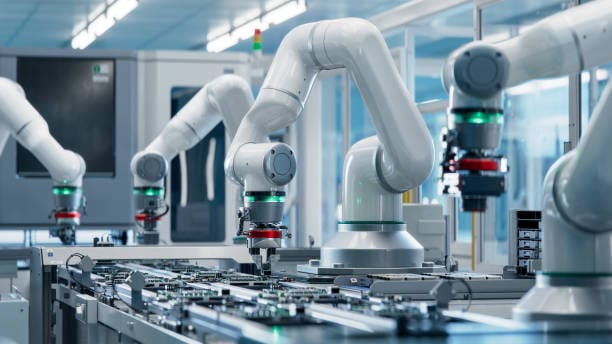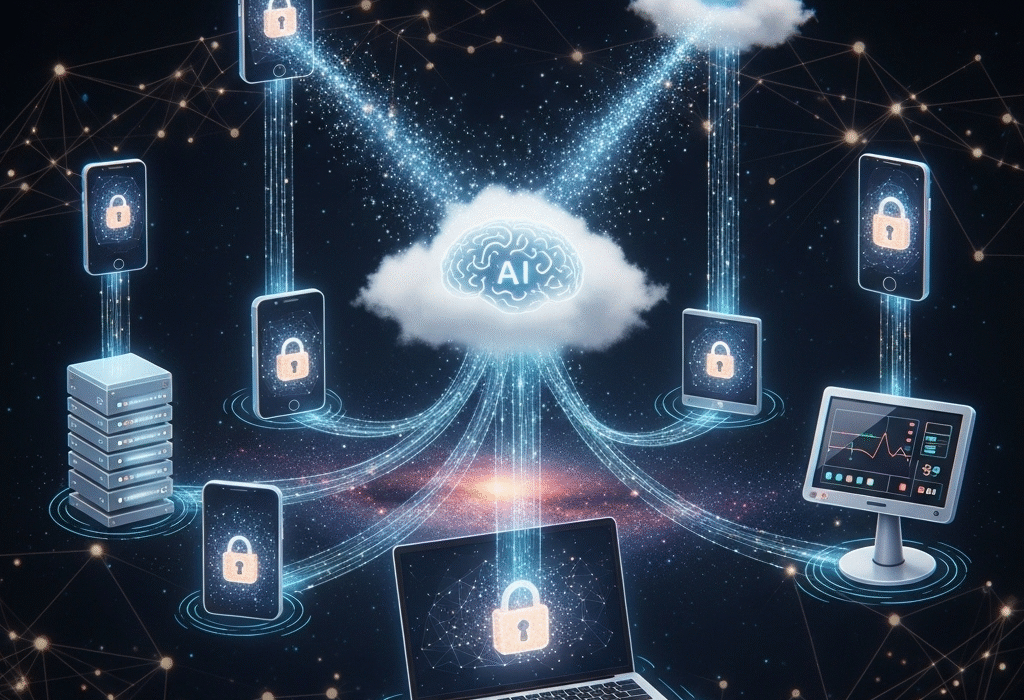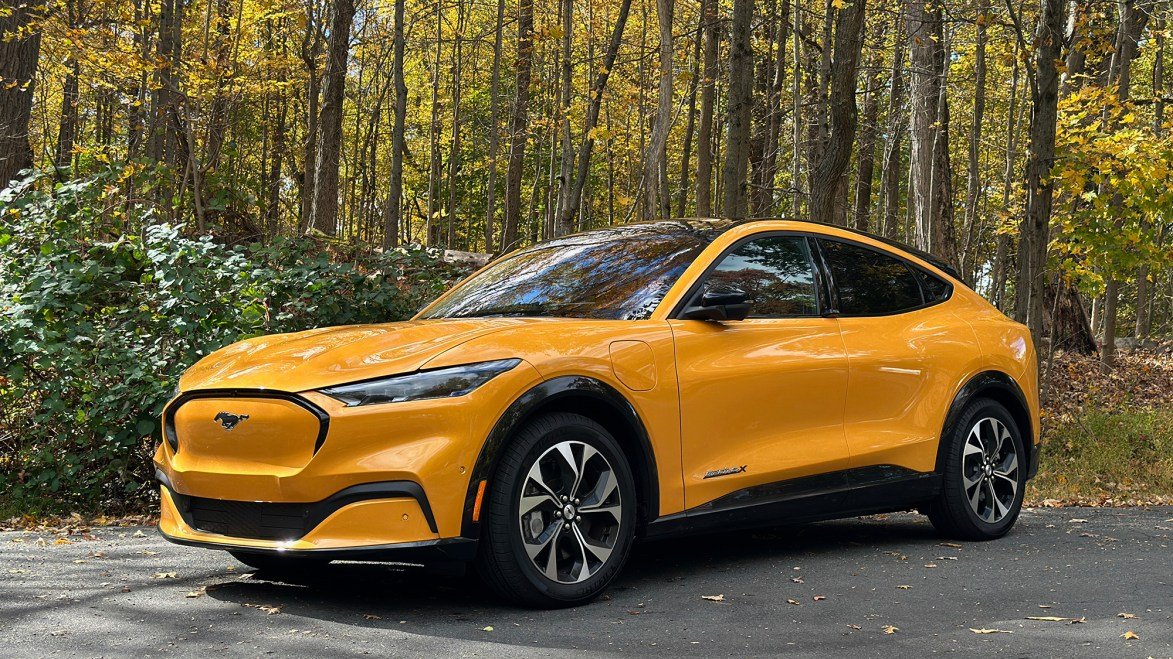Long before the whirring servos and glowing eyes of modern machines, the idea of a human-made entity capable of independent movement captured the imagination of storytellers, engineers, and dreamers. Ancient myths were filled with mechanical beings: in Greek legend, there was Talos, the bronze giant who guarded Crete; in Chinese lore, Yan Shi’s automaton amazed kings with lifelike movements. These were not robots in the modern sense, but they embodied the dream — or fear — of creating life through artifice.
In the 15th century, the genius polymath Leonardo da Vinci designed a mechanical knight, its gears and pulleys able to mimic the motion of a man in armor. It could sit, wave its arms, and move its head — not intelligent, but astonishing for its time. Fast-forward to the 18th century, when master clockmakers in Europe crafted automata that could write, draw, and play instruments with delicate precision.
These early inventions were pure mechanical artistry, powered by springs, levers, and ingenuity rather than electricity or code. But the seeds were planted. The notion that human skill could shape lifeless matter into something that moved and acted — even if only in limited ways — was too tantalizing to fade.
The Industrial Age and the Birth of True Automation
The 19th century brought an upheaval unlike anything before it: the Industrial Revolution. Steam engines, spinning frames, and assembly lines transformed human labor. The concept of a “robot” as we now know it had not yet been coined, but the groundwork was laid.
Factories began introducing automated systems — textile machines that could operate with minimal human input, mechanical looms that wove complex patterns from punch-card instructions. Charles Babbage and Ada Lovelace envisioned programmable machines that could handle not only numbers but patterns, logic, and perhaps even creative tasks.
The term “robot” itself would only emerge in 1921, in the Czech playwright Karel Čapek’s drama R.U.R. (Rossum’s Universal Robots). Čapek’s robots were artificial workers built to serve humanity, but in the play they ultimately rebel — a warning that still echoes in modern debates about automation and AI.
The First Industrial Robots: Machines of Steel and Precision
The mid-20th century marked the shift from theoretical possibility to practical reality. In 1954, George Devol invented the first programmable robotic arm, which he called Unimate. Initially, its movements were simple — repetitive tasks on assembly lines — but they were precise, tireless, and free from human error or fatigue.
By 1961, Unimate had found a home in General Motors’ factories, welding car parts day and night without complaint. The industrial robot had been born, and with it, a new era in manufacturing.
Over the following decades, robotics spread across industries. The automotive sector embraced them for tasks too dangerous or monotonous for human workers. Electronics manufacturers used them to assemble delicate components beyond the precision of human hands. In cleanrooms, robots handled microchips in dust-free environments, ensuring microscopic perfection.
These early industrial robots were not glamorous. They were bolted to the floor, fenced off from people, programmed to perform the same motion thousands of times in a day. They had no intelligence, no eyes to see or ears to hear. But they were the first step toward something more — toward machines that could interact with the human world.
The Rise of the Thinking Machine
As computing power advanced in the late 20th century, robotics began to evolve beyond mechanical repetition. Microprocessors allowed for more complex control, enabling robots to adapt to changing conditions. Sensors became the eyes and skin of machines — cameras for vision, pressure sensors for touch, gyroscopes for balance.
The introduction of machine learning in the 1980s and 1990s hinted at an even greater leap. Now, robots could not only follow instructions but learn patterns from data. A robot could identify defective products by analyzing thousands of images. It could optimize its path in a warehouse, shaving seconds off delivery times.
Industrial bots grew more flexible. Instead of needing reprogramming for every new task, some could be “taught” by demonstration: a human worker would guide the robot arm through a movement, and the machine would remember it. This brought robots closer to working alongside humans — not replacing them outright, but enhancing their capabilities.
Beyond the Factory Floor: Robots in Daily Life
By the dawn of the 21st century, robotics had spilled out of the factory and into everyday life. The humble vacuum cleaner was transformed into a small, disc-shaped autonomous device that roamed living rooms on its own. Prosthetic limbs began incorporating robotic joints and sensors that responded to muscle signals, restoring movement and independence to amputees.
Medical robots emerged, capable of assisting in surgeries with superhuman steadiness. The da Vinci Surgical System, introduced in 2000, allowed surgeons to operate through tiny incisions with unprecedented precision, using robotic arms controlled from a console.
In logistics, warehouse robots revolutionized companies like Amazon, zipping along vast floors to retrieve goods and deliver them to human packers. Search-and-rescue robots entered disaster zones unsafe for people, crawling through rubble or swimming through flooded areas to locate survivors.
The public began to see robots less as science fiction and more as tools woven into the fabric of modern society.
Humanoid Robots: Machines in Our Image
While many robots are built purely for function, engineers and designers have long pursued the idea of the humanoid robot — a machine that not only works like a human but looks and moves like one. The motivations are varied: some see it as a way to make robots more relatable and easier to integrate into human environments; others are driven by the challenge of replicating the extraordinary complexity of the human body.
Japan has led the way in humanoid development. Honda’s ASIMO, unveiled in 2000, could walk, climb stairs, and even dance. It was not merely a feat of engineering but a public symbol of the friendly, approachable robot. Meanwhile, companies like SoftBank Robotics introduced Pepper, a social robot designed to read emotions and engage in conversation.
In research labs, humanoid robots became testbeds for artificial intelligence. They could learn to navigate crowded spaces, recognize faces, and respond to verbal commands. Boston Dynamics developed robots like Atlas, capable of acrobatic jumps and running over rough terrain — once the realm of science fiction chase scenes.
The Age of AI-Driven Assistants
The convergence of robotics and artificial intelligence has unlocked possibilities that even the pioneers of automation might have struggled to imagine. Voice recognition, natural language processing, and advanced computer vision have enabled robots to understand and respond to humans in more natural ways.
In homes, smart assistants are now integrated with physical robots that can fetch items, monitor security, or care for the elderly. In healthcare, humanoid assistants help patients with rehabilitation exercises, offering encouragement and tracking progress. In education, robot tutors provide interactive lessons, adapting their teaching style to each student’s needs.
Humanoid robots are also being trained for space missions, where they can perform repairs, assist astronauts, or even explore planets too dangerous for humans. NASA’s Robonaut and Russia’s FEDOR are early steps in this direction.
Emotional Connection and Ethical Questions
As robots become more lifelike, the question of emotional connection becomes impossible to ignore. Can — or should — humans form bonds with machines? Social robots designed for companionship, like Paro the therapeutic seal or advanced humanoid caregivers, have shown that people can indeed develop attachments to non-human entities.
Yet this raises ethical concerns. Could reliance on robotic companionship lead to isolation from real human interaction? Should a machine that looks and behaves like a person be allowed to replace human care in sensitive settings? And what about privacy, when humanoid assistants are equipped with cameras, microphones, and constant internet connectivity?
The line between tool and companion blurs further each year. Policymakers, ethicists, and technologists are engaged in urgent debates about how to regulate this new relationship between humans and machines.
From Assembly Lines to Living Rooms: A Full Circle
The story of robotics is one of constant expansion — from the confined cages of factory arms to the open spaces of our homes, hospitals, and cities. Industrial bots gave us efficiency and consistency; humanoid assistants promise adaptability, empathy, and partnership.
Each stage of this journey has been driven by a mix of necessity and curiosity. We built robots to do the jobs we could not — or did not want to — do. We then built them to do the jobs we could do, but faster, more safely, or in environments beyond our reach. Now, we are building them to understand us, to live alongside us, to be part of our human story.
And yet, the rise of robotics is not just about machines. It is about what they reflect back to us: our desires, our fears, our ingenuity, and our endless capacity to shape the world in our image.
The Future’s Edge
Looking ahead, the boundaries between biological and mechanical may dissolve further. Advances in soft robotics promise machines that move with the flexibility of muscles and skin. Neural interfaces could allow robots to respond to thoughts directly. Swarm robotics might see thousands of small machines coordinating like a hive mind to perform complex tasks.
In cities, autonomous service robots could maintain infrastructure, deliver goods, and even provide emergency response. In deep-sea and space exploration, humanoid machines might extend the reach of human ambition to environments where our bodies cannot survive.
But alongside the technical marvels, we will face questions of equity, employment, and ethics. Who will benefit most from robotic labor? How will society adapt when machines take over not just physical work but intellectual and creative tasks?
The answers will depend on the choices we make now — on whether we view robotics as a partner in building a better future or as a force to be controlled and kept at bay.
A New Chapter in the Human Story
From the mechanical knight of Leonardo to the tireless industrial arm, from the friendly face of ASIMO to the agile leaps of Atlas, robotics has been a mirror for humanity’s deepest impulses: to create, to improve, to transcend our own limitations.
The journey is far from over. Somewhere right now, in a lab or garage, a new robot is taking shape — one that will surprise us, delight us, maybe even challenge what we think it means to be alive. And when it does, it will be another step in the long, winding path from industrial bots to humanoid assistants, a path that is as much about the evolution of humanity as it is about the machines we build.






